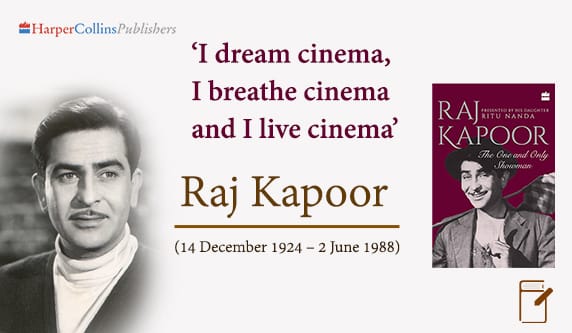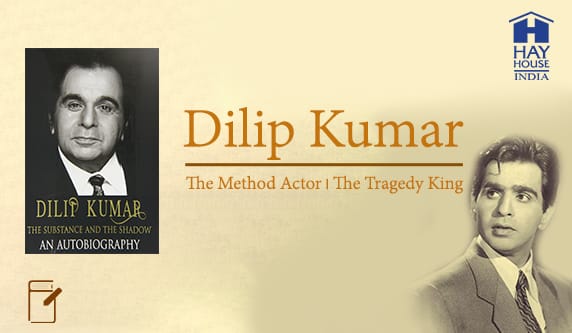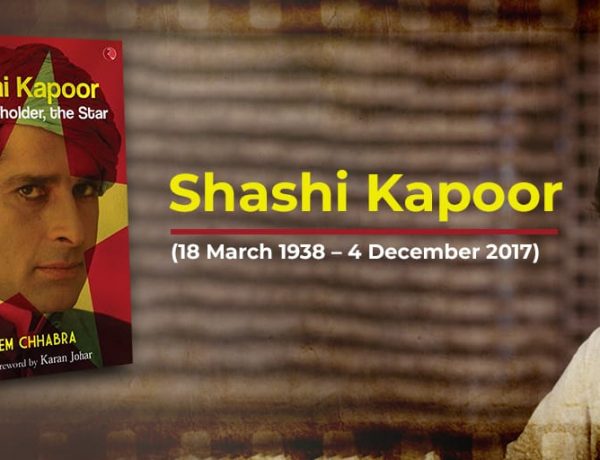A hero is someone who chooses to take on the world willingly. Dharmendra, the unassuming boy from rural Punjab did just that.
Son of school teacher Kewal Kishan Singh and Satwant Kaur, Dharminder Singh Deol was born on 8th December 1935 in Nasrali, a sleepy village in Ludhiana Punjab. Dharminder spent his formative in the nearby village of Sahnewal and studied at Government Senior Secondary School at Lalton Kalan in Ludhiana district, where his father was the headmaster. He later passed his Inter from Ramgarhia College, Phagwara, in 1952.
A young Dharminder was always enamoured with the glitz and glam of the cinema world. He had aspirations for which people associated with his background couldn’t find any rationale. In a 2011 interview to the author of his official biography, Dharmendra said, ‘My father wasn’t happy because he was not too sure of the outcome, and of what would happen if I met with failure. My mother, however, was always supportive.’ further he added, ‘I was in awe of the stars like Dilip (Kumar) Saab, Raj (Kapoor) Saab and even heroines like Nargis, Madhubala and Vyjayanthimala. But my ambitions were quite restricted! My big dream and my simple prayer to God was my pictures being present everywhere, just like those of my idols.’
A rather simple-minded or more like one-track-minded Dharmendra didn’t give any merit to his father’s apprehensions. He was just not bothered by the economics of the things. He further said: ‘My goal was very simple — one flat and one Fiat (car)! When I came to Bombay — that’s what Mumbai was known as then — I only had my dreams. I was an untutored villager, with no idea of acting. I wasn’t even aware [that] I was good-looking until I began getting movie offers because of my good looks. When I arrived here, I was in fact shocked by the lifestyles of the stars — it was far different from what I had imagined back in Punjab!’
Dharmendra, A Simpleton
Dharmendra’s initial struggles are the reflection of his simple yet sturdy personality. Much like his formative years in rural Punjab, we see a young man willingly moving in to take on the world in order to fulfil his potential.
With those Godly looks, Dharmendra took the world by storm. His screen presence somehow reminded us of our own roots. Although the industry already had one Bharat in Manoj Kumar, it was Dharmendra who truly personified it. His dignity, his speech, his posture, his eyes made for a hero who could not just fight the external enemy in Chetan Anand’s Haqeeqat (1964) but also tackle his inner demons in Mera Gaon Mera Desh (1971).
Although some tried to attribute his success to riding on his co-stars’ stardom, primarily because of his brief involvement with Meena Kumari, one can not take anything away from him as he struggled and persisted all through his life.
Dharmendra, The He-Man
With performances like Anupama (1966) and Satyakam (1969), Dharmendra firmly established himself as an actor of immense calibre. His association with Hrishikesh Mukherjee bore him many more fruits in the future with classic movies like Guddi (1971), Chupke Chupke (1975).
But his real, more primal elements came out in action films. Though largely forgettable, those films which he started doing from the latter part of the 70s and all throughout the 80s, etched a permanent marker into the psyche of the Indian audience. The sheer rage he could bring out through his voice and stance mesmerised the audience. A whole set of absolutely incompetent films rode their luck on the back of Dharmendra.
His connection with the village life channelised his inner primal force so well that the audience felt the echo of their hero’s passionate acts in their real lives.
Dharmendra had finally arrived!
Dharmendra, A Force of Nature
There were many actors in Bollywood who hailed from Punjab. But its as if Punjab itself chosen to Dharmendra to be his face. All through his life, he remained a Punjabi first.
He worked with almost all of the great filmmakers of his time. He gave his best performances in both good and bad films. He gave cinema everything, from his earlier fascination and struggles to his sensitivity and hard work to even his unfiltered rage.
In the process of watching Dharmendra on screen, we have all seen ourselves somewhere in there. Dharmendra lives on in our hearts and our times. You can even follow him on Instagram, he shares wonderful updates.
For a more comprehensive peek into Dharmendra’s life, pick up his official biography which came out in 2018 from Rupa Publication: Dharmendra, Not Just A He-Man by Rajiv Vijayakar.





No Comments